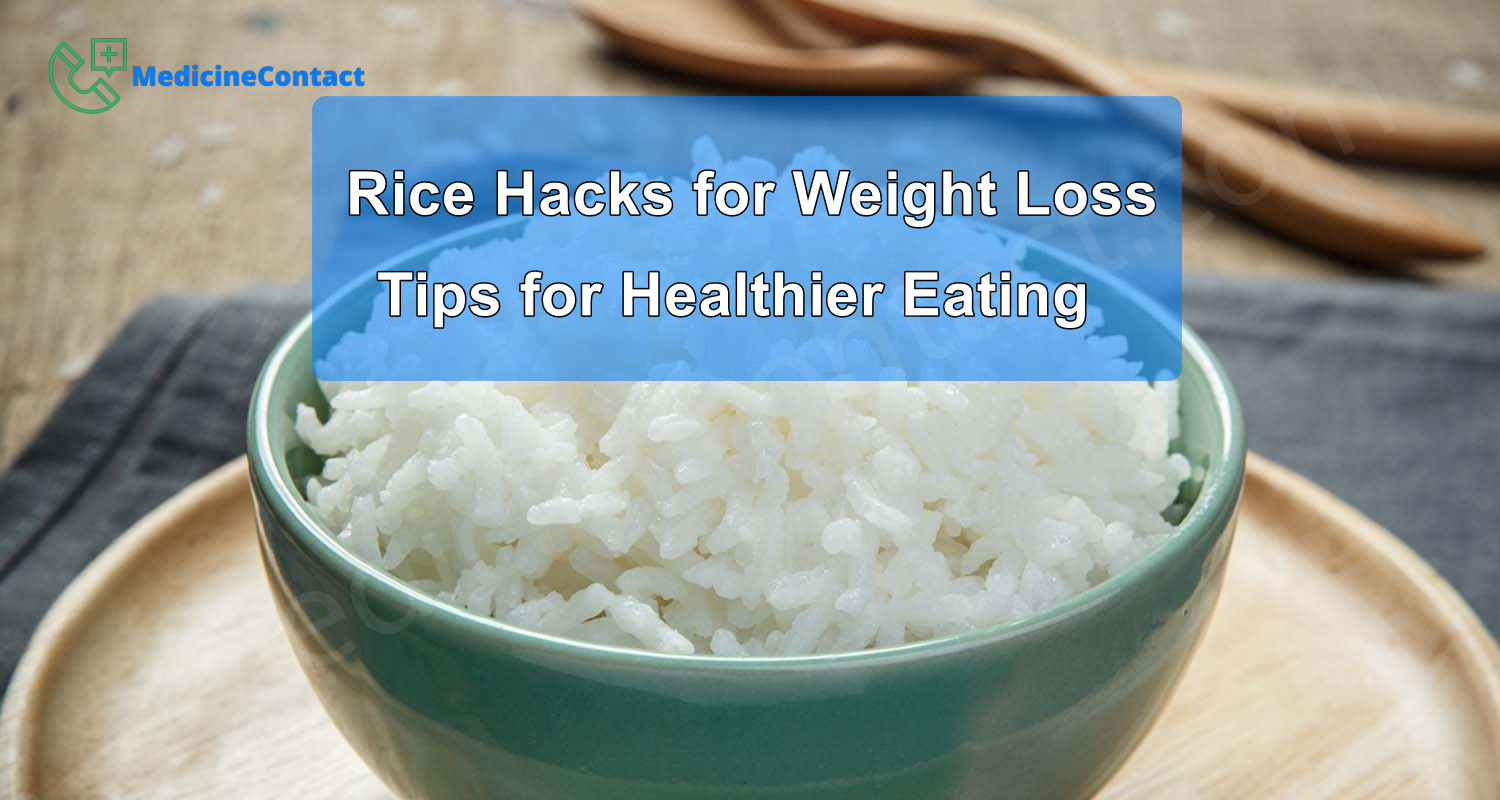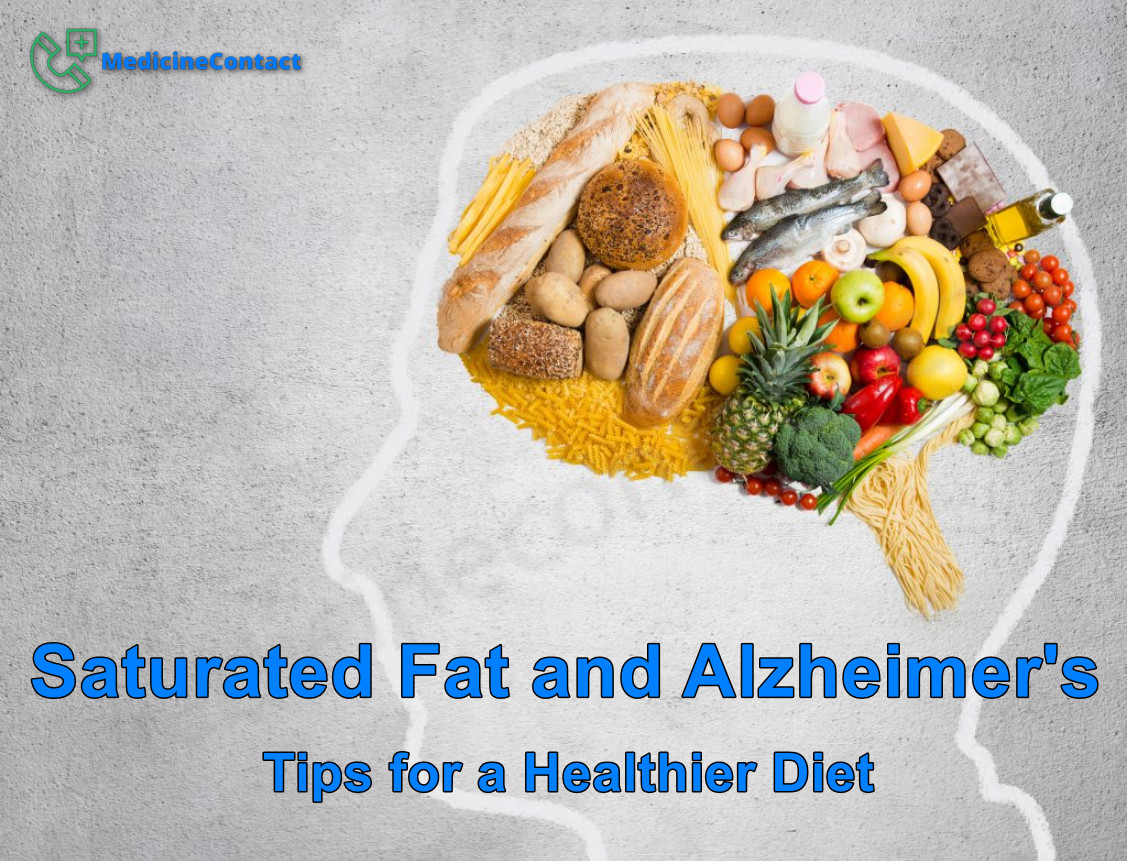
Introduction
Imagine standing in front of a mirror and wondering, "Am I at a healthy weight for my height and age?" This question is not just about looks but also about staying healthy overall. Knowing how much you should weigh for your height and age can give you important information about your physical health.
In this article, we will explore:
- Key weight measurement tools like Body Mass Index (BMI), Waist-to-Hip Ratio (WHR), and Waist-to-Height Ratio (WtHR)
- Factors influencing ideal weight, including age considerations and health conditions
- Healthy weight ranges based on height and age
- Personalized approaches towards achieving an ideal weight
Knowing your ideal weight for your height and age is crucial. It helps in reducing the risk of various health complications such as heart diseases, diabetes, and even mental health issues. By understanding these metrics, you can make informed decisions to lead a healthier lifestyle.
Understanding Weight Measurement Tools
1. Body Mass Index (BMI)
Body Mass Index (BMI) is a widely used weight measurement tool that helps assess whether an individual has a healthy body weight relative to their height. It is calculated using a simple formula:
BMI = weight (kg) ÷ (height (m))²
For those using pounds and inches, the formula slightly adjusts:
BMI = (weight in pounds × 703) ÷ (height in inches)²
Using these formulas, you can easily determine your BMI by plugging in your height and weight measurements.
Interpretation of BMI Categories
Once you've calculated your BMI, it falls into one of the following categories:
- Underweight: BMI less than 18.5
- Normal weight: BMI between 18.5 and 24.9
- Overweight: BMI between 25 and 29.9
- Obese: BMI of 30 or higher
These categories help gauge potential health risks associated with different weight ranges.
You can try the quick BMI calculator below.
BMI Calculator
This BMI calculator is intended for informational purposes only. Please consult a healthcare provider before making any health decisions. BMI is an indirect measure of health risk and may not be accurate, as it does not assess the proportion or distribution of body fat. BMI calculator source: National Institutes of Health (NIH).
Limitations of Relying Solely on BMI
While the BMI calculator offers a quick and easy way to assess weight status, it has several limitations:
- Does Not Differentiate Between Muscle and Fat: BMI does not account for muscle mass. Thus, athletes or individuals with high muscle content may be classified as overweight or obese despite having healthy body composition.
- Ignores Fat Distribution: The distribution of fat in the body plays a crucial role in determining health risks. For instance, abdominal fat is more closely linked to cardiovascular diseases than fat located in other areas, yet BMI does not differentiate between these.
- Age and Gender Variations: The same BMI value can have different implications for different age groups and genders. For example, older adults might have more body fat than younger adults with the same BMI.
Understanding these limitations highlights the importance of not relying solely on BMI when assessing health status. Complementary tools such as Waist-to-Hip Ratio (WHR) and Waist-to-Height Ratio (WtHR) offer additional insights into an individual's health risks related to body composition.
2. Waist-to-Hip Ratio (WHR) and Waist-to-Height Ratio (WtHR)
Understanding your weight status requires more than just calculating your BMI. Two additional metrics, Waist-to-Hip Ratio (WHR) and Waist-to-Height Ratio (WtHR), provide valuable insights into health risks associated with body fat distribution.
Definition and Calculation Methods
Waist-to-Hip Ratio (WHR):
- Definition: WHR is a metric that compares the circumference of your waist to that of your hips.
- Calculation:
- Measure the smallest part of your waist, usually just above the belly button.
- Measure the widest part of your hips.
- Divide the waist measurement by the hip measurement.
Waist-to-Height Ratio (WtHR):
- Definition: WtHR compares the circumference of your waist to your height.
- Calculation:
- Measure the circumference of your waist.
- Measure your height.
- Divide the waist measurement by your height.
Importance of Considering WHR and WtHR
Assessing health risks associated with excess body fat benefits from using WHR and WtHR in addition to calculating BMI.
- WHR:
- A higher WHR indicates a greater risk for cardiovascular diseases and type 2 diabetes.
- Men are considered at risk if their WHR is greater than 0.90, while women are at risk if their WHR is greater than 0.85.
- WtHR:
- A WtHR greater than 0.5 suggests a higher risk for obesity-related illnesses such as heart disease and type 2 diabetes.
- This ratio provides a straightforward method to identify individuals with central obesity, often considered more dangerous than peripheral fat.
Integrating these measurements offers a comprehensive view of an individual's health status beyond what a BMI calculator can provide. Utilizing tools like waist-to-hip ratio calculators and waist-to-height ratio calculators ensures a more nuanced approach to informed weight management practices.
Determining should I weigh for my height and age involves understanding these diverse metrics to best assess personal health risks and create effective strategies for maintaining optimal well-being.
Factors Influencing Ideal Weight Determination
1. Age Considerations for Weight Assessment
Determining the ideal weight for children and teenagers involves different approaches compared to adults. The growth patterns at various stages of development play a crucial role in these assessments.
Key Methods:
Growth Charts and Percentiles:
Pediatricians often use growth charts to track a child’s development over time. These charts, provided by organizations like the CDC, plot weight, height, and body mass index (BMI) against age-specific percentiles. For example:
- A child in the 50th percentile for weight is considered average compared to peers.
- Percentiles help identify underweight or overweight conditions early.
Body Mass Index (BMI) for Age:
Unlike adults, BMI-for-age is used for children and adolescents. This method considers age and sex differences, providing a more tailored assessment:
- Calculated similarly to adult BMI but interpreted differently.
- Categories include underweight (less than the 5th percentile), healthy weight (5th to less than the 85th percentile), overweight (85th to less than the 95th percentile), and obese (95th percentile or greater).
Growth Spurts:
During puberty, children experience rapid growth spurts that can temporarily skew weight assessments. It's essential to consider these natural changes:
- Rapid increases in height may precede weight gain.
- Temporary changes should not be alarming if they align with expected growth patterns.
Importance of Regular Monitoring:
Regular monitoring helps ensure that deviations from normal growth patterns are identified early. Pediatricians can provide guidance tailored to each child's unique development trajectory.
Other Factors:
Body Composition: Understanding body composition is vital when assessing ideal weight. Muscle mass distribution varies significantly among individuals, especially during adolescence:
- Children engaged in sports or physical activities may have higher muscle mass, impacting their BMI.
- Body fat percentage measurements can provide additional insights into health beyond BMI.
Genetics: Genetics play a significant role in determining body size and composition:
- Family history can influence tendencies toward higher or lower body weights.
- Genetic factors interact with environmental influences like diet and activity levels.
Activity Level: Physical activity is crucial for healthy development in children and teenagers:
- Active children tend to have healthier weights.
- Encouraging regular physical activity helps maintain a balanced weight during growth spurts.
Understanding these factors ensures a comprehensive approach to determining ideal weight ranges during childhood and adolescence. This holistic view accommodates variations due to growth patterns, genetics, body composition, and lifestyle choices.
2. Health Conditions and Their Impact on Weight Management
Certain medical conditions can significantly influence one's ability to maintain a healthy weight or increase susceptibility to obesity-related diseases. Understanding these factors is crucial for effective weight management.
Metabolic Syndrome
Metabolic syndrome is a group of conditions that includes high blood pressure, elevated blood sugar levels, abnormal cholesterol levels, and excess body fat around the waist. This syndrome increases the risk of cardiovascular disease and type 2 diabetes, making it harder to manage weight.
Cardiovascular Disease (CVD)
People with CVD often struggle to maintain a healthy weight because they have limited physical activity and experience side effects from medication. Obesity worsens heart conditions, creating a cycle that requires careful management of body composition, genetics, and activity level.
Hypothyroidism
An underactive thyroid gland slows down metabolism, leading to weight gain even with normal dietary intake. This condition emphasizes the importance of considering genetics and hormonal balance when assessing ideal weight for children and teenagers.
Polycystic Ovary Syndrome (PCOS)
PCOS affects hormone levels in women, leading to insulin resistance and weight gain around the abdomen. Managing weight with PCOS involves addressing hormonal imbalances alongside traditional methods like diet and exercise.
Muscle Mass vs. Fat Distribution
Certain conditions like muscle dystrophy or chronic illnesses affect muscle mass versus fat distribution in the body. This imbalance complicates weight management strategies since traditional metrics like BMI might not accurately reflect health status.
Mental Health Conditions
Depression, anxiety, and eating disorders like anorexia nervosa or bulimia can lead to significant fluctuations in weight. Mental health treatments may also cause weight changes, highlighting the need for a holistic approach in managing one’s ideal weight.
When asking "should I weigh for my height and age?", it's essential to consider these health conditions alongside other factors such as body composition, genetics, and physical activity levels. Tailoring your approach based on individual health needs can make a significant difference in achieving a healthy weight.
By recognizing how various health conditions impact weight management, individuals can better understand their unique challenges and seek appropriate guidance from healthcare professionals.
Exploring Healthy Weight Ranges Based on Height and Age
1. Health Risks Associated with Being Overweight or Obese
Carrying excess body fat poses significant health risks that can impact nearly every aspect of well-being. Understanding these risks is crucial for those wondering, "What should my weight be for my age and height?" Here are some key health complications associated with being overweight or obese:
For Adults:
- Cardiovascular Diseases: Excess weight increases the risk of heart disease and stroke, which are leading causes of death globally. According to the CDC, individuals with higher BMI categories have a greater likelihood of hypertension, high cholesterol, and other cardiovascular conditions.
- Type 2 Diabetes: Obesity is a major risk factor for developing type 2 diabetes. The National Diabetes Statistics Report indicates that overweight individuals have a significantly higher chance of becoming diabetic compared to those in a healthy weight range.
- Joint Problems: Extra weight puts additional stress on bones and joints, often leading to conditions such as osteoarthritis, particularly in the knees and hips.
- Respiratory Issues: Obesity can lead to sleep apnea—a condition characterized by interrupted breathing during sleep. This not only affects sleep quality but also increases the risk of other serious health problems.
- Cancer: Studies have shown that obesity is linked to an increased risk of several types of cancer, including breast, colon, endometrial, and kidney cancers. The American Cancer Society highlights that excess body fat can affect hormone levels and insulin resistance, contributing to cancer development.
- Mental Health: Beyond physical ailments, carrying excess weight can also impact mental well-being. Conditions such as depression and anxiety are more prevalent among obese individuals due to factors like social stigma and reduced physical activity.
For Children and Adolescents:
- Early Onset Type 2 Diabetes: Children who are overweight are more likely to develop insulin resistance and type 2 diabetes before adulthood.
- Psychosocial Issues: Overweight children often face bullying and social isolation, which can lead to long-term emotional issues including low self-esteem and depression.
- Growth Abnormalities: Carrying excess weight during developmental years can affect growth patterns and bone development.
To mitigate these risks, adhering to CDC guidelines on healthy weight ranges for adults and children becomes essential. These guidelines offer tailored advice based on height and age, helping individuals understand what constitutes a healthy weight range for their specific demographic.
Statistics underline the urgency of addressing obesity-related health risks. For instance:
"The CDC reports that approximately 42.4% of U.S adults were considered obese in 2017-2018, a significant increase from previous decades."
Such alarming figures underscore the importance of managing body weight through informed practices aimed at achieving optimal wellness.
2. Benefits Beyond Physical Appearance: Why Striving for Your Ideal Weight Matters
Achieving and maintaining a healthy weight offers numerous benefits that extend far beyond aesthetics. While looking good can boost self-confidence, the advantages of a well-balanced body composition are far-reaching and impactful on various aspects of life.
Reduced Disease Risk
Maintaining an ideal weight significantly lowers the risk of developing chronic diseases. According to reputable organizations like the CDC, keeping within healthy weight ranges for adults and children helps reduce the likelihood of conditions such as:
- Type 2 Diabetes
- Cardiovascular Diseases
- Certain Types of Cancer
- Hypertension
These health risks related to obesity highlight the importance of understanding what should my weight be for my age and height and adhering to established guidelines.
Enhanced Mental Well-being
A healthy body composition contributes positively to mental health. Individuals who maintain an ideal weight often experience:
- Improved Mood: Regular physical activity and balanced nutrition, key components in weight management, help release endorphins, reducing symptoms of depression and anxiety.
- Better Sleep Quality: Reducing excess body fat can alleviate sleep disorders such as sleep apnea, leading to more restful nights.
- Increased Self-esteem: Achieving personal fitness goals boosts confidence and self-worth.
Increased Energy Levels
Carrying excess weight can lead to fatigue and decreased stamina. A healthy weight supports higher energy levels, enabling individuals to engage more actively in daily activities. Benefits include:
- Enhanced Physical Performance: Being at an ideal weight improves mobility and endurance.
- Greater Productivity: With more energy throughout the day, individuals can perform better at work or school.
By recognizing these multifaceted benefits, striving for a healthy weight becomes a holistic endeavor that encompasses physical health, mental well-being, and overall quality of life.
Understanding these points underscores why it is essential to follow established guidelines from reputable sources like the CDC regarding healthy weight ranges for adults and children. This knowledge empowers individuals to make informed decisions about their health journey.
Personalizing Your Approach Towards Achieving an Ideal Weight
Managing your weight effectively involves getting advice from qualified experts who can provide insights tailored to your specific situation. This personalized approach ensures that you're not just following a generic plan, but one that takes into account your individual needs, preferences, and health conditions.
Working with Healthcare Professionals for Personalized Guidance
Doctors:
Physicians can offer a comprehensive health assessment to identify any underlying medical conditions that may affect your weight management efforts. They can recommend appropriate treatments or medications if necessary and monitor your progress over time.
Dietitians:
A registered dietitian can develop a customized nutrition plan based on your dietary preferences, lifestyle, and metabolic needs. They can help you understand the role of different nutrients, portion control, and healthy eating patterns to achieve sustainable weight loss or maintenance.
Trainers:
Certified fitness trainers can design exercise routines that align with your fitness level and goals. Whether you aim to build muscle, increase cardiovascular fitness, or improve flexibility, a trainer can ensure you perform exercises correctly to maximize benefits and reduce injury risks. For those interested in a more specialized approach, such as becoming a weight loss coach, these professionals can also provide valuable insights and guidance.
Benefits of Consulting Healthcare Professionals
- Individualized Plans: Customized dietary and exercise plans that consider personal preferences, medical history, and lifestyle. Adjustments based on real-time feedback and progress observations.
- Holistic Approach: Comprehensive strategies that include mental well-being along with physical health. Integration of stress management techniques, sleep hygiene practices, and other lifestyle modifications.
- Ongoing Support: Regular check-ins to evaluate progress and make necessary adjustments. Encouragement and motivation from professionals who understand the challenges of weight management.
- Evidence-Based Recommendations: Use of scientifically-backed methods for weight loss and health improvement. Avoidance of fad diets or unproven supplements that may pose health risks.
By consulting healthcare professionals, you gain access to a support system dedicated to helping you achieve long-term success with your desired physique goal. Whether it's through tailored dietary changes or specific exercise routines, these experts play a crucial role in guiding you towards optimal wellness.
Conclusion: Taking Charge Of Your Health Through Informed Weight Management Practices
We discussed the importance of understanding weight in relation to height and age, as well as various tools and methods that help determine a healthy weight range. While Body Mass Index (BMI) is commonly used, it has its limitations. Therefore, incorporating additional metrics like Waist-to-Hip Ratio (WHR) and Waist-to-Height Ratio (WtHR) can provide a more comprehensive view of one's health.
Embrace Your Individuality:
- Recognize that there isn't a one-size-fits-all formula.
- Consider factors like genetics, activity level, and underlying health conditions.
- Understand that ideal weight varies from person to person.
Small Lifestyle Changes for Optimal Wellness:
- Begin with manageable adjustments in diet and exercise routines.
- Seek personalized guidance from healthcare professionals.
- Focus on long-term habits rather than quick fixes.
By integrating these practices, you pave the way toward achieving a balanced and healthy lifestyle tailored to your unique needs.
FAQs (Frequently Asked Questions)
What is the importance of knowing how much I should weigh for my height and age?
Knowing your ideal weight for your height and age is crucial for maintaining overall health and well-being. It helps in assessing potential health risks associated with being underweight or overweight and can guide you in making informed lifestyle choices.
How do I calculate my Body Mass Index (BMI)?
To calculate your BMI, divide your weight in kilograms by your height in meters squared (BMI = weight (kg) / height (m)^2). This measurement helps categorize your weight status into underweight, normal weight, overweight, or obese.
What are the limitations of using BMI as a health indicator?
While BMI is a useful tool for assessing weight status, it does not account for factors such as muscle mass, bone density, and fat distribution. Therefore, it may not accurately reflect an individual's overall health or body composition.
What other methods can I use to assess my weight status besides BMI?
In addition to BMI, you can assess your weight status using the waist-to-hip ratio (WHR) and waist-to-height ratio (WtHR). These methods provide additional insights into body fat distribution and potential health risks associated with excess body fat.
How do health conditions affect ideal weight determination?
Certain health conditions, such as metabolic syndrome or cardiovascular disease, can impact an individual's ability to maintain a healthy weight. Factors like genetics, body composition, and physical activity levels also play significant roles in determining ideal weight.
Why should I consult healthcare professionals when managing my weight?
Consulting healthcare professionals like doctors, dietitians, or trainers can provide personalized guidance tailored to your unique circumstances. They can help develop a comprehensive plan that includes dietary changes and exercise routines suited for achieving long-term success with your desired physique goals.
Disclaimer: This article is for informational purposes only and does not constitute medical advice. Always consult with a healthcare professional before starting any new treatment regimen.




